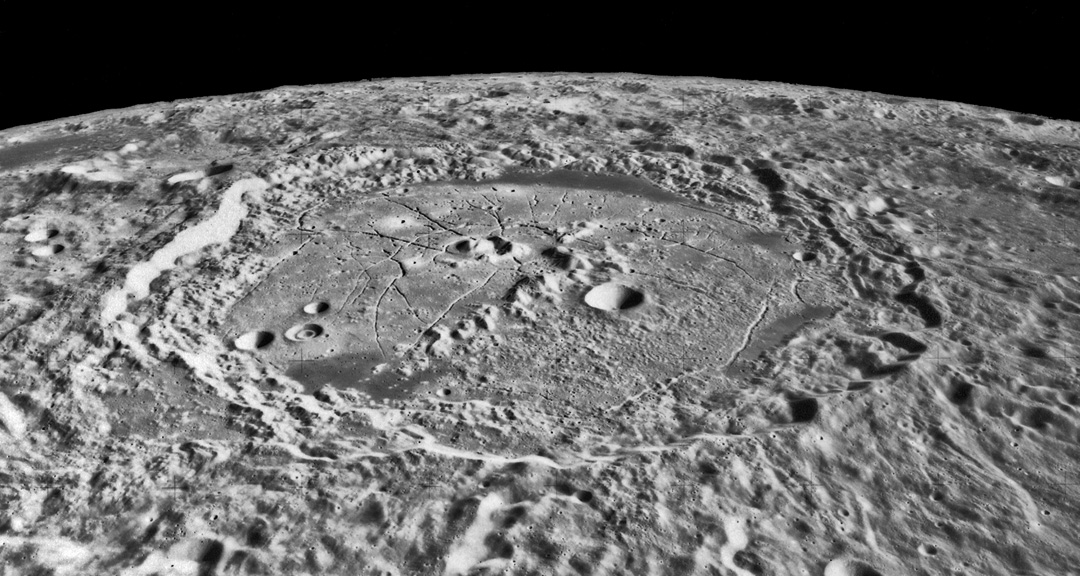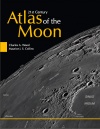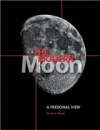|
|
| Line 1: |
Line 1: |
| | __NOTOC__ | | __NOTOC__ |
| − | =The Moon for Free= | + | =The Most Magnificent Crater?= |
| − | Originally published February 7, 2006 | + | Originally published February 6, 2006 |
| | <!-- Start of content --> | | <!-- Start of content --> |
| − | <div class="post" id="post-64"> | + | <div class="post" id="post-60"> |
| | | | |
| | <div class="storycontent"> | | <div class="storycontent"> |
| − | <p>[[File:Grenier-book1.jpg|Grenier online atlas]]<br /> | + | <p>[[File:AS15-M2512LPOD.jpg|Humboldt-Apollo 15]]<br /> |
| − | <em>cover and sample page by [mailto:jeromegrenier@free.fr Jérôme Grenier ]</em></p> | + | <em>image by Apollo 15 from [http://www.lpi.usra.edu/resources/apollo/frame/?AS15-M-2512 LPI Apollo Image Atlas]</em></p> |
| − | <p>Altruism. The word is defined by the Merriam-Webster Online Dictionary as <i>unselfish regard for or devotion to the welfare of others</i>. In the amateur lunar community altruism is exemplified by the widespread sharing of images and help. The most unselfish examples of altruism are when a person gives something away of great value that could be sold. A perfect example is the [http://astrosurf.com/grenier/atlas.htm <i>Atlas photographique de la Lune V1.1</i>] available for free download. This very comprehensive and high quality lunar atlas was created by Jérôme Grenier. The layout of the <i>Atlas</i> is very pleasing as are the contents, which include a history of lunar studies, geology, spacecraft exploration, and instructions on drawing and imaging the Moon. But the most impressive part is the description and image of every nearside named crater. This is essentially a modern version of traditional books such as the 1955 Wilkins and Moore <i>The Moon.</i> Those older books include a description of each feature but a detailed image of only a tiny number of them. What makes this modern <i>Atlas</i> so remarkable is the outstanding quality of each image, and the fact that all were taken by one person with a normal telescope. This <i>Atlas</i> is valuable enough to make you want to learn French, but you can enjoy it without knowing anything other than <i>Merci, Jérôme!</i></p> | + | <p>Teasingly on the eastern limb, Humboldt just barely hints to terrestrial viewers of the marvels it contains. At 207 km diameter, Humboldt approaches the transition where large craters take on some of the morphological characteristics of impact basins. Humboldt is also one of the largest floor-fractured craters, modified by the intrusion and leaking to the surface of magma. The floor is presumably uplifted (I can’t find a topo map) and cracked by rilles above dikes that carried lava to the surface. In four places pyroclastic eruptions deposited dark ash along the floor’s edge. An absolutely perfect concentric crater, 6.7 km wide, has two neighboring normal craters. All three of these craters have slightly raised rims and their interior walls look very similar. Because the neighbors are slightly smaller and slightly larger than the concentric crater it seems reasonable to speculate that the concentric crater is exactly the right diameter or depth to interact with a floor layering to somehow construct the inner ring. But the inner ring looks rounded – like a donut, not like a normal impact crater rim – so perhaps it is some kind of volcanic deposit. But why would volcanism create a donut rather than a dome or a flat lake? I hope someone discovers what these inner rings are before I die – they are such frustrating minor features!</p> |
| | <p>[mailto:tychocrater@yahoo.com Chuck Wood]</p> | | <p>[mailto:tychocrater@yahoo.com Chuck Wood]</p> |
| | <p><strong>Technical Details:</strong><br /> | | <p><strong>Technical Details:</strong><br /> |
| − | Jérôme’s images are taken with an 8" Meade SCT and a webcam.<br />
| + | July-Aug, 1971, Apollo 15-M2512. [http://nssdc.gsfc.nasa.gov/database/MasterCatalog?sc=1971-063A&ex=3 Apollo Metric Camera ].<br /> |
| | <strong>Related Links:</strong><br /> | | <strong>Related Links:</strong><br /> |
| − | [http://astrosurf.com/grenier/index.htm Jérôme’s Website]</p> | + | Rükl charts 60 & IV<br /> |
| − | <p><b>Yesterday's LPOD:</b> [[June 19, 2025|The Most Magnificent Crater?]] </p> | + | [http://articles.adsabs.harvard.edu//full/seri/LPI../0009//0001264.000.html Concentric Craters]<br /> |
| − | <p><b>Tomorrow's LPOD:</b> [[June 21, 2025|A Pyroclastic Base?]] </p> | + | [[June_23,_2004| Concentric Craters - LPOD]]</p> |
| | + | <p><b>Yesterday's LPOD:</b> [[June 19, 2025|Early News About a Remarkable Object]] </p> |
| | + | <p><b>Tomorrow's LPOD:</b> [[June 21, 2025|The Moon for Free]] </p> |
| | </div> | | </div> |
| | <!-- End of content --> | | <!-- End of content --> |
| | {{wiki/ArticleFooter}} | | {{wiki/ArticleFooter}} |




